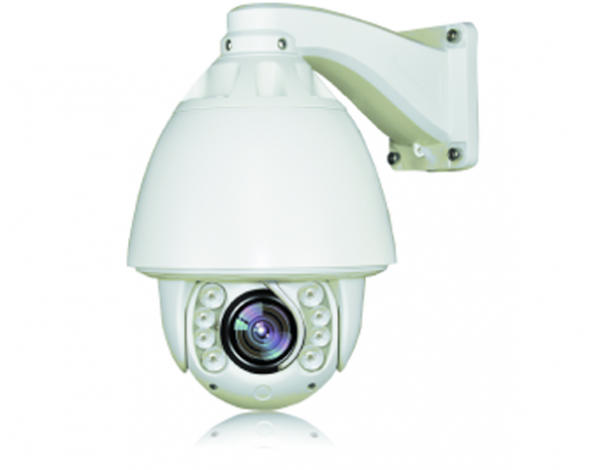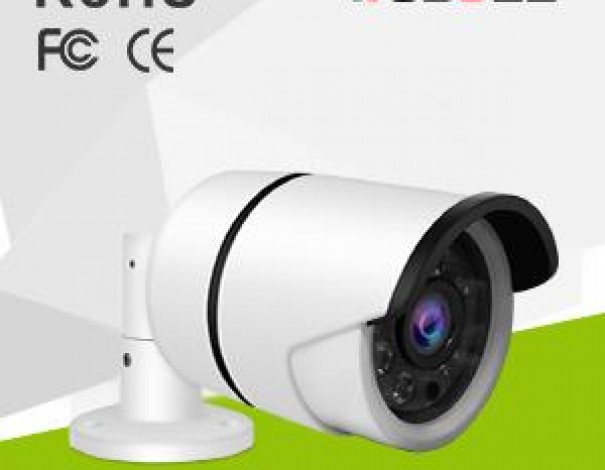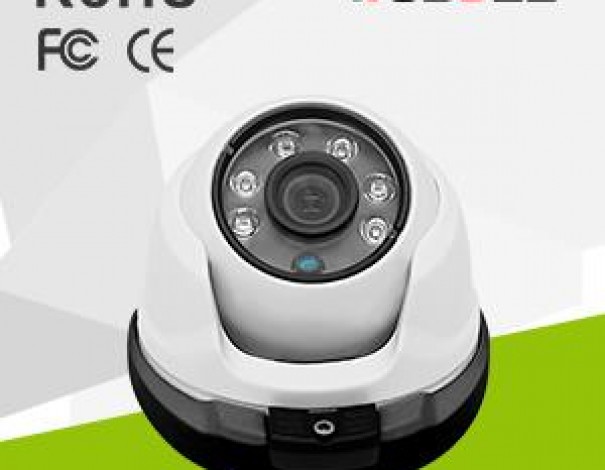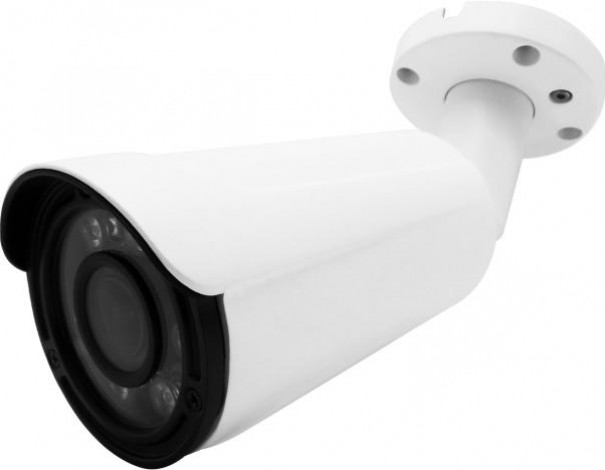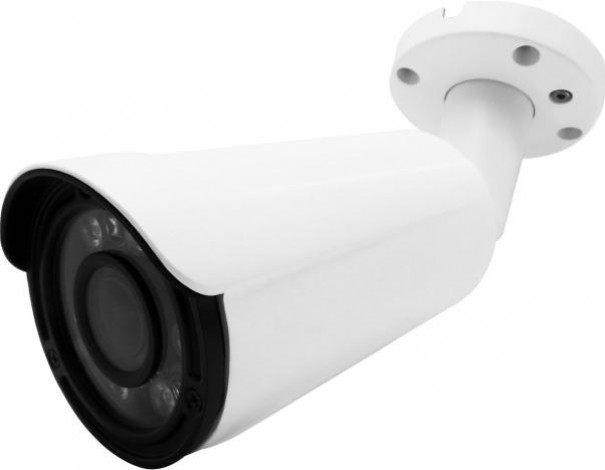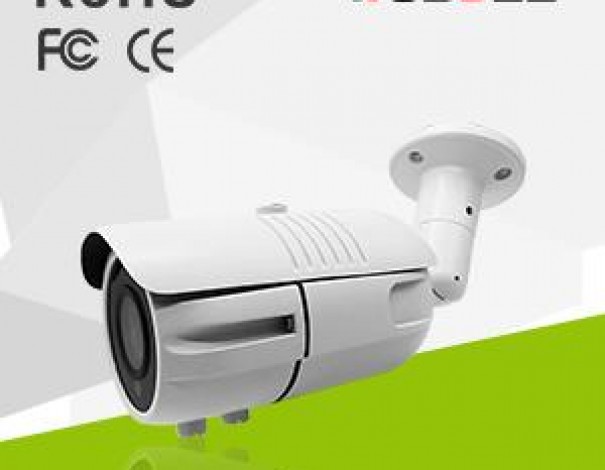Industrial And Surveillance Cameras: Same Or Different?
Idustrial cameras are generally small and compact, capable of capturing high-resolution images. However, they are also highly specialized and an important component of machine vision systems and automated production.
A market research report from MarketsandMarkets reported that the overall machine vision market is expected to grow from US$8.1 billion in 2015 to $12.5 billion by 2020, at a CAGR of 9.1 percent during the forecast period. The machine vision camera market alone reached $1.3 billion in 2015 and is expected to grow at a CAGR of 8.3 percent during the period 2016 to 2021, according to a report by IndustryArc.
So what is it that makes an industrial camera better for machine vision applications, and why can’t video surveillance cameras be used in the same way? We spoke to Eva Tischendorf, Team Leader of Communications at Basler to find out. It appears that the differences between industrial cameras used in machine vision systems and video surveillance cameras used for security might not be immediately obvious; however, upon closer inspection the distinctions are clear.
Industrial Cameras vs. Surveillance Cameras
Although some manufacturers produce both industrial cameras for machine vision systems and video surveillance cameras, they are not interchangeable.
“Industrial cameras send the images as uncompressed (‘raw’) data directly to the PC. The PC is then responsible for processing the relatively large volume of data,” Tischendorf explained. “The big benefit of this method is that no image information is lost. This is crucial for a variety of industrial applications, in the medical and life sciences, or in traffic and transportations.”
On the other hand, IP cameras, which are typically used in surveillance applications or in combination with industrial cameras, record videos (e.g., MPEG-4, MJPEG or H.264) and are placed with a robust housing to be resistant to jolts and harsh weather, suitable for both indoor and outdoor applications. Additionally, IP cameras have been engineered to deliver excellent image quality even under extremely poor lighting and weather conditions. “Network cameras acquire the images and compress them,” she said. “This reduces the volume of data to such a degree that it can be stored in the camera. By connecting to a network, a theoretically unlimited number of users can also access the camera.”
Another major difference between these two types of cameras is who controls and uses them. Video surveillance cameras are typically managed and controlled by security professionals. In contrast, since attention to detail is a vital role of industrial cameras, machines are tasked with these jobs.
Related News
- Wodsee DOL-HDR WDR 4 IN 1 Camera New Arrival
- How to set parameters for detected faces recognition?
- Face recognition becomes the commanding point technology of video surveillance
- Introduction to Facial Recognition of Surveillance System
- New innovation–soft photosensitive
- Great innovation!!! – Wodsee IP camera with Sensor Control IR
- 4 New Styles HD High-Speed Dome camera
- WODSEE new Smart Zoom IP camera, Real WDR.
- How to provide a regular maintenance for CCTV equipments?
- Notes for outdoor installation of PTZ




